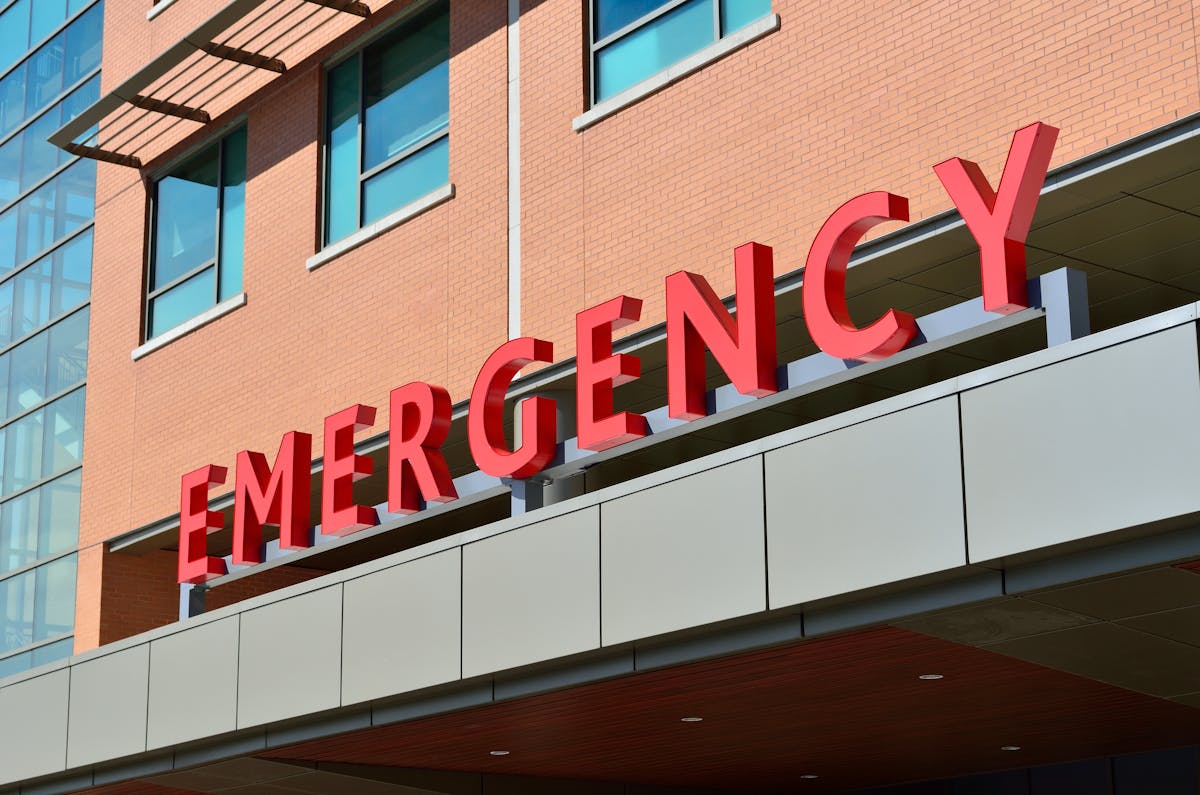⚠️ MEDICAL EMERGENCY
If someone is unconscious, not breathing, or showing severe symptoms of hypothermia or frostbite, call 911 immediately. This guide provides first aid steps while waiting for professional medical help.
🥶 Hypothermia Treatment
Recognition Signs
- Uncontrollable shivering (early stage)
- Loss of coordination and clumsiness
- Confusion and memory loss
- Slurred speech
- Drowsiness or exhaustion
- Weak pulse and shallow breathing
- Loss of consciousness (severe)
Immediate Treatment Steps
Call for Help
Call 911 immediately. Have emergency contacts ready.
Move to Warmth
Get person to warm, dry shelter. Remove wet clothing gently.
Insulate Body
Wrap in thermal blankets or dry blankets. Cover head and neck.
Warm Gradually
Apply warm (not hot) compresses to chest, neck, head, and groin. Use gentle heating if available.
Monitor Breathing
Be prepared to perform CPR if breathing stops. Keep person lying flat.
⚠️ What NOT to Do
- Don't use direct heat (heating pads, fires, hot water)
- Don't massage or rub the person
- Don't give alcohol or caffeine
- Don't warm extremities first (can cause shock)
🧊 Frostbite Treatment
Frostbite Stages
Frostnip (Mild)
- Red, cold skin
- Prickling and numbness
- Slight swelling
Superficial Frostbite
- Skin turns white or pale
- Skin feels warm
- Blisters may form
Deep Frostbite
- Affects all skin layers
- Skin appears white or bluish-gray
- Area is hard and doesn't move well
Treatment Protocol
Protect the Area
Don't walk on frostbitten feet unless absolutely necessary. Handle area gently.
Get to Warmth
Move to warm environment. Remove tight clothing and jewelry before swelling occurs.
Soak in Warm Water
Immerse in warm (not hot) water 104-108°F for 15-30 minutes until skin is red and soft.
Dry and Wrap
Gently dry and wrap loosely with sterile gauze. Separate affected fingers/toes.
Pain Management
Take over-the-counter pain medication. Expect pain and swelling as area thaws.
🫁 Cold-Related Breathing Issues
Cold-Induced Asthma
Symptoms:
- Wheezing and coughing
- Shortness of breath
- Chest tightness
Treatment:
- Move to warm environment
- Use prescribed inhaler if available
- Breathe warm, humid air
- Seek medical attention if severe
Carbon Monoxide Poisoning
Symptoms:
- Headache and dizziness
- Nausea and vomiting
- Confusion
- Loss of consciousness
Treatment:
- Get to fresh air immediately
- Call 911 or Poison Control: 1-800-222-1222
- Perform CPR if not breathing
- Don't return to area until ventilated
🩹 First Aid Kit Essentials
Your cold weather first aid kit should include specialized items for treating cold-related injuries. This complements your general survival supplies.
Cold Weather Specific
- Instant heat packs
- Thermometer (hypothermia range)
- Emergency blankets
- Waterproof matches
- Chemical hand warmers
Wound Care
- Sterile gauze pads (various sizes)
- Medical tape
- Antiseptic wipes
- Antibiotic ointment
- Elastic bandages
Medications
- Pain relievers (ibuprofen, acetaminophen)
- Antihistamines
- Prescription medications
- Aspirin (for heart attack)
- Anti-diarrheal medication
Tools & Supplies
- Scissors and tweezers
- Disposable gloves
- CPR face mask
- Emergency contact cards
- First aid manual
Prevention is Key
The best first aid is prevention. Learn proper cold weather survival techniques, use appropriate thermal protection, ensure reliable heating systems, and stay informed with weather alerts. Always have emergency contacts readily available.
